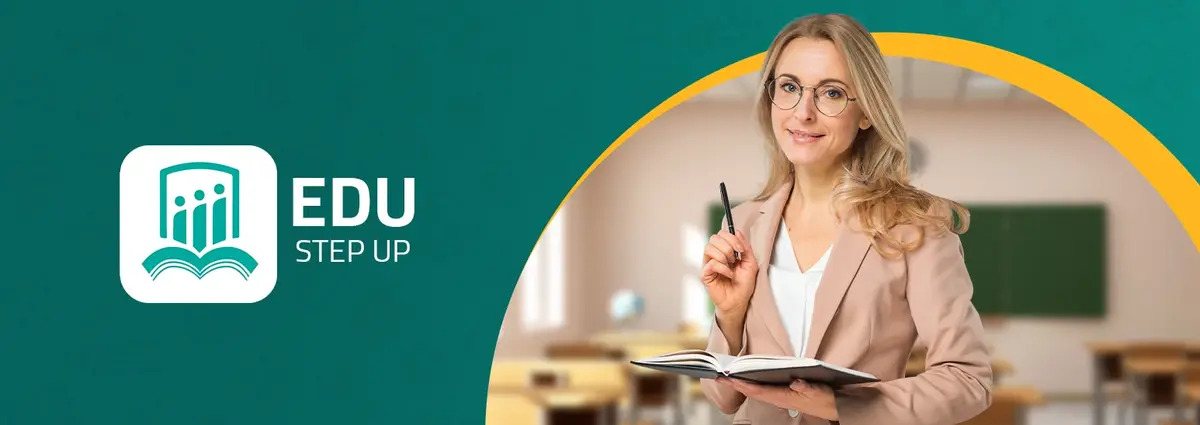
Thu 2024/03/07
What are the modern methods of Teaching? Complete Guide
Discover the power of modern teaching methods in education! Explore interactive lessons, virtual reality, project-based learning, and more to enhance student engagement, critical thinking, and overall educational quality.
Education is considered one of the most important fields that constantly require renewal and updating. Given the challenges faced by education today, ranging from declining quality to high dropout rates, it seems that we urgently need to employ modern and innovative teaching methods.
This is where technology and innovations come into play in enhancing and improving the learning experience, as well as motivating students to innovate and interact in different ways.
In this article, we will discuss some modern and innovative methods that can be used in education and how they can help improve the quality of education and achieve various educational goals.
Definition of Modern Teaching Methods:
Modern and innovative teaching methods are a set of techniques and tools that can be used in the educational process to achieve learning objectives more effectively and interactively. These methods are characterized by focusing on providing diverse and innovative educational experiences, encouraging active student participation in the learning process, and helping develop their skills and creative abilities.
Among the modern and innovative teaching methods are:
- Utilizing educational technology and multimedia in learning, such as interactive educational programs, educational videos, and distance learning.
- Active learning and cooperative education, which emphasizes engaging students in the learning process and providing opportunities for learning through teamwork, exchange of experiences, and ideas.
- Employing interactive teaching methods, such as educational games, group discussions, and practical skill training.
- Applying creative approaches in teaching, such as short stories, educational illustrations, and artistic educational activities.
These methods aim to improve the quality of education, enhance student engagement with the curriculum, increase the enjoyment of learning, and deepen their understanding of academic concepts.
Benefits of Applying Modern Teaching Methods
Applying modern and innovative teaching methods has numerous benefits, including:
- Increased student interaction and engagement in the learning process: Modern teaching methods utilize various innovative techniques to capture students' attention and encourage their participation in the educational process. This helps stimulate and enhance their interest in the subject matter.
- Development of critical thinking and innovation skills in students: Modern and innovative teaching methods provide opportunities for students to develop skills in critical thinking, creativity, and creative problem-solving. This helps them better deal with challenges in the future.
- Improvement of education quality: Modern teaching methods contribute to improving the quality of education, enhancing students' understanding of the subjects, and increasing practical application.
- Enhanced interaction between teachers and students: Modern teaching methods help promote interaction between teachers and students, motivating them to engage more effectively, thereby strengthening the relationship between them.
- Development of communication skills: Modern teaching methods aid in improving students' communication skills by encouraging them to speak, listen, and interact with one another. This helps enhance their ability to communicate effectively in the future.
- Development of self-learning skills: Modern teaching methods encourage students to organize their learning process independently, thereby helping them develop the crucial skill of self-learning, which is essential in today's world.
Best 8 Modern and Innovative Teaching Methods with an Illustrative Example for Each Method
1. Interactive Lessons
Interactive lessons are one of the innovative teaching methods aimed at encouraging students' active participation in the learning process. It activates students' skills and encourages them to interact with the educational content and contribute to the cognitive building process. This method utilizes various modern tools and techniques such as interactive screens, educational games, and diverse educational software.
One successful example of applying interactive lessons is the educational platform Kahoot!. It offers many interactive tools that help students engage with the educational content, activate their motor and cognitive skills, and present ideas in an engaging and interesting manner. The platform also enables teachers to monitor students' progress and assess them effectively.
2. Virtual Reality Technology
Virtual reality technology is considered one of the most innovative and modern teaching methods that utilizes technology. Step into a completely new world inside the classroom using virtual reality technology. Similar to sitting in a 3D cinema or experiencing virtual reality games, your students can immerse themselves in different environments and interact with "real" objects instead of just seeing things on computer screens.
Virtual reality technology allows learners to experience realistic situations and conditions without the need to be physically present, thus enabling them to develop new skills.
One successful example of using virtual reality technology in teaching is the "Google Expeditions" program, which allows learners to explore the world through exciting and realistic virtual trips. Virtual reality technology can also be used for professional training in various fields such as medicine, engineering, sciences, design, and more.
3. Blended Learning
Blended learning is a method of innovative teaching that combines traditional and distance learning. It involves the use of e-learning techniques such as video meetings for teachers and students, learning management platforms to administer courses, interactive websites for interaction and play, and various other applications used to enhance the traditional learning experience.
For example, a teacher in the classroom can use e-learning platforms to provide educational content, create interactive tasks and activities that promote interaction and participation among students, alongside using traditional methods such as lectures, discussions, and presentations.
The "Rutgers" school in New Jersey, USA, can be considered a successful example of using blended learning. The school implemented an experiment to apply this technology, which resulted in improved success rates and participation among students.
4. Project-Based Learning
Project-Based Learning is a method of modern teaching that focuses on students learning through projects and hands-on activities related to a specific topic. This approach offers numerous benefits, such as encouraging collaboration and interaction among students, enhancing problem-solving skills and decision-making abilities, and fostering creativity and innovation.
In this active learning method, the teacher acts as a guide and facilitator, while the students take responsibility for their own learning journey. Studying in this way can lead to better engagement and understanding, stimulate their creativity, and promote lifelong learning.
A successful example of project-based learning is the "Clean Energy Production" project launched by an elementary school in the United States. The students were divided into small teams and tasked with designing and building a model of a clean energy production system, such as solar, wind, or water energy.
The students learned practically about clean energy techniques and the challenges engineers face in this field. They also learned how to work as a team, assign roles and responsibilities, and shared their research findings with the local community. This project achieved great success in enhancing the students' skills and motivating them to learn and innovate.
5. Flipped Classrooms
Flipped classrooms are one of the innovative teaching methods widely adopted in recent years. This type of classroom involves a change in the arrangement of when instructional content is delivered and the interaction between teachers and students.
Typically, the subject-related instructional content is presented through pre-recorded educational videos that students can watch at home or during class time. This allows them to progress through the lesson at their own pace and provides more time for interaction with the teacher and addressing lesson-related questions. As a result, the teacher can focus on providing individual support to students and helping them better understand the concepts.
One successful example of flipped classrooms is the "Khan Academy", an online educational platform that offers instructional lessons in various fields and relies on flipped classrooms as a primary method of content delivery. This platform helps students comprehend difficult concepts and provides a wide range of educational tools that learners can use to enhance their educational and intellectual skills.
6. Peer Teaching
Peer teaching is considered an innovative and effective teaching method for improving the learning process. This type of teaching involves integrating students into the learning process and empowering them to teach each other, which helps motivate students and increase their responsibility for the learning process while building their self-confidence.
One successful example of peer teaching is the "Math Buddies" project launched by an elementary school in California, United States. The project establishes partnerships between students who excel in mathematics and students who need additional support in this subject.
The advanced students are trained on how to teach and assist their peers in mathematics, providing the necessary support and guidance. This project has been successful in enhancing teaching skills for advanced students and improving the understanding of other students in the subjects being taught.
7. Panorama Technology
Panorama technology in teaching is a technique that uses wide-angle images to create a complete picture of the captured scene. This is done by capturing a series of individual images of the scene and then merging them together into a wide-angle, three-dimensional panoramic image. This image can be displayed interactively and realistically on a large screen or online. This technology allows students to immerse themselves in the virtual environment and explore the scene in more detail and realism, which helps stimulate learning and enhance understanding.
Examples of using panorama technology in modern education include its use in geography lessons, where students can explore different regions, cities, and countries around the world without the need to travel to them. It can also be used in history lessons to represent important historical events in an interactive and engaging way, thereby improving students' understanding and comprehension of the information.
8. Personalized Learning
Personalized learning is an innovative teaching approach that focuses on meeting the individual needs, interests, and learning styles of students. It involves analyzing each student's knowledge level, skills, interests, and specific needs, and based on that, designing a customized teaching plan for them. Personalized learning can be used in various educational settings, including traditional classrooms and remote learning.
One of the most successful examples of personalized learning is the English language teaching curriculum implemented in Finland, where customized learning plans are designed for each student based on their level and individual learning style. Many studies indicate that this approach helps students achieve good results in English language learning and increases their self-confidence in the learning process.
Read also:
Specifications and types of successful teaching method in schools
Advantages of modern teaching methods
These modern and innovative teaching methods are used to achieve several benefits, including:
- Enhancing students' appreciation for learning and increasing their interest in it.
- Promoting social and communication skills among students.
- Stimulating lifelong learning and enhancing students' future educational paths.
- Developing creativity and critical thinking skills, as well as improving problem-solving abilities.
- Encouraging active student participation and increasing their engagement in the learning process.
- Improving students' understanding of academic concepts and enhancing their practical application skills.
Despite the challenges that may arise in implementing these teaching methods, their numerous benefits make them an ideal choice for improving the quality of education.
The challenges that can be faced during the implementation of modern teaching methods
Despite the benefits of implementing modern teaching methods, they also face several challenges, including:
- Technical challenge: Modern teaching requires the availability of advanced and up-to-date technologies and equipment, such as tablets, cloud computing, smart devices, and specialized software. This requires a large budget and high costs.
- Training challenge: Teachers need continuous training and skill updating to effectively apply modern teaching methods. This requires additional time and effort from them.
- Cultural challenge: Students vary in culture, background, and the learning styles that are suitable for them. This requires teachers to provide an inclusive educational environment for all students.
- Organizational challenge: Modern teaching requires precise organization of educational materials, resources, and time. Teachers and educational administrations must have good planning and effective coordination for successful implementation.
- Legal challenge: Schools and teachers must comply with laws and regulations governing the use of technology and devices in teaching. This requires continuous compliance and updating to the latest systems and legislation.
Criteria for selecting the appropriate teaching method
There are several criteria that should be considered when selecting the appropriate teaching method, and the most important ones are:
- Alignment with learning objectives: The chosen method should be aligned with the objectives that the teacher wants to achieve and should help students in achieving these objectives.
- Alignment with student characteristics: The appropriate method should be chosen based on student characteristics such as age level, individual abilities, interests, and special needs.
- Suitability of the method for the subject matter: The type of method should align with the nature and content of the subject matter being taught.
- Availability of necessary resources and technologies: It should be ensured that the required resources and technologies are available to implement the chosen method, such as books, educational materials, and various technological tools.
- Compatibility with the teacher's style: The chosen teaching method should be compatible with the teacher's style and their way of communicating with students.
- Alignment with the surrounding community and culture: The chosen method should align with the culture and values of the surrounding community and be appropriate for those culture and values.
Based on the above, modern and innovative teaching methods are effective tools for enhancing the quality of education and achieving positive outcomes for students. Teachers should use these methods appropriately and effectively according to the requirements and needs of students and the different educational conditions.
It is important to have interaction and communication between teachers and students about the methods and approaches that work best in the classrooms, as well as continuous efforts to improve teaching performance by enhancing the methods and approaches used.
Finally, it can be said that modern and innovative teaching methods are an important step in improving education and providing an interactive and supportive learning environment for students. With the proper and effective use of these methods, academic achievement can be enhanced, and students can be motivated to develop their abilities, skills, and knowledge.
Leave Comment






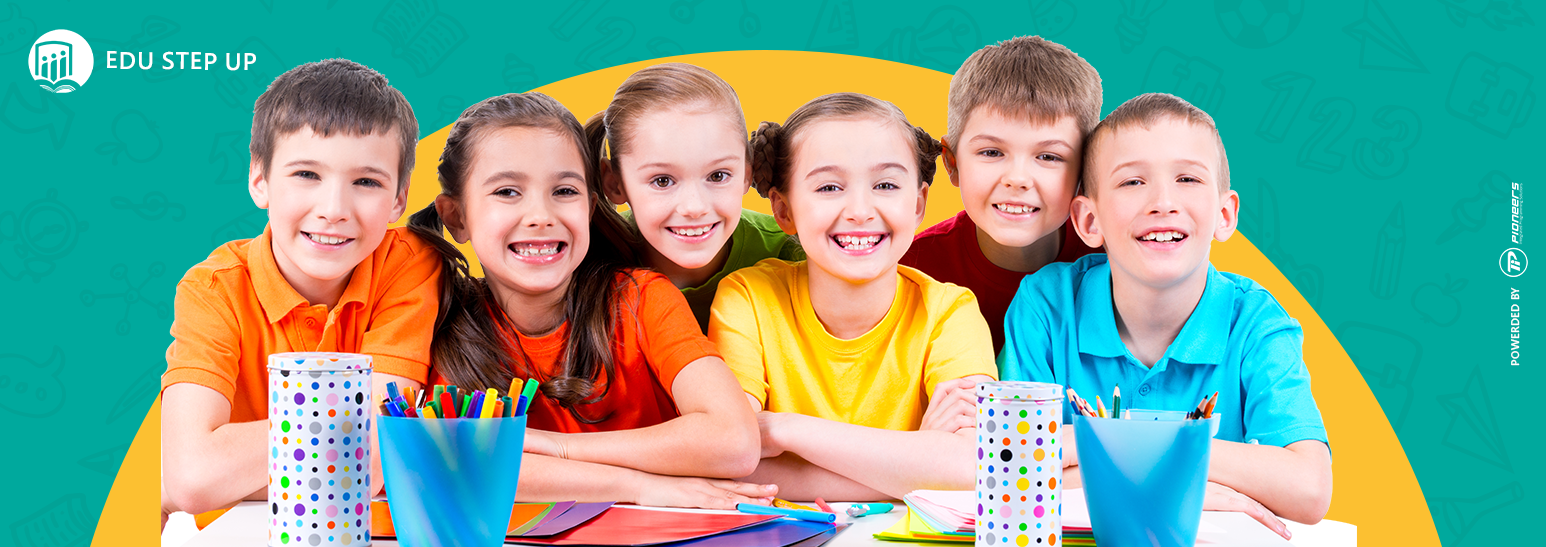
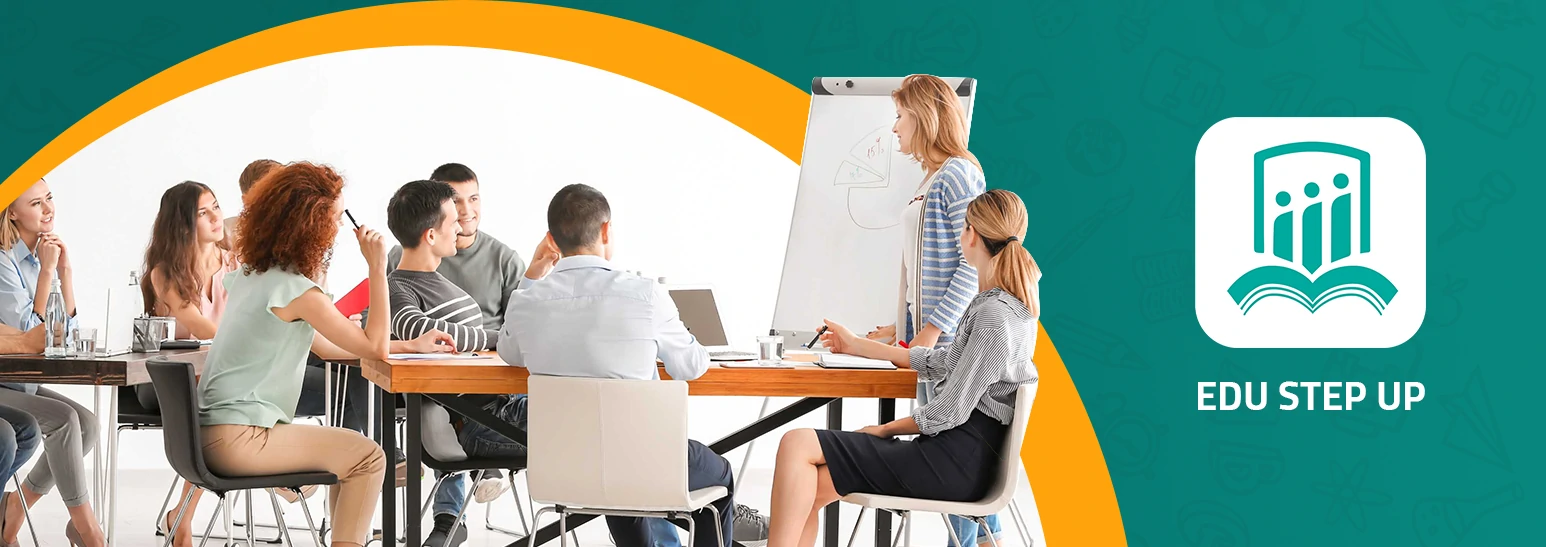

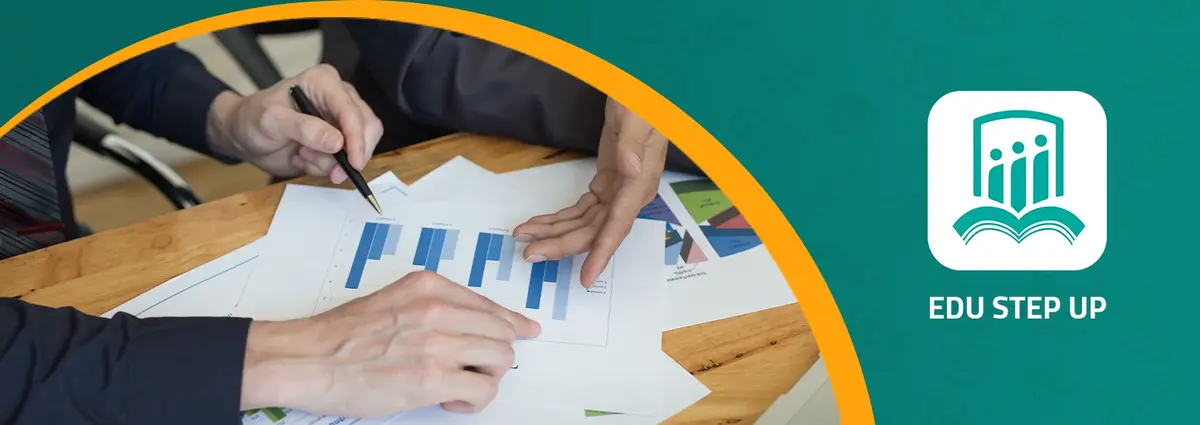
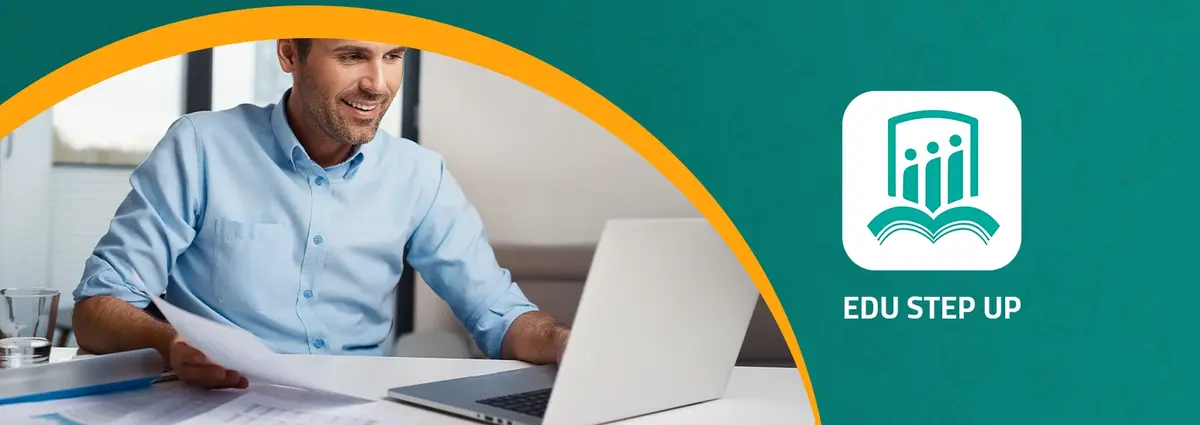
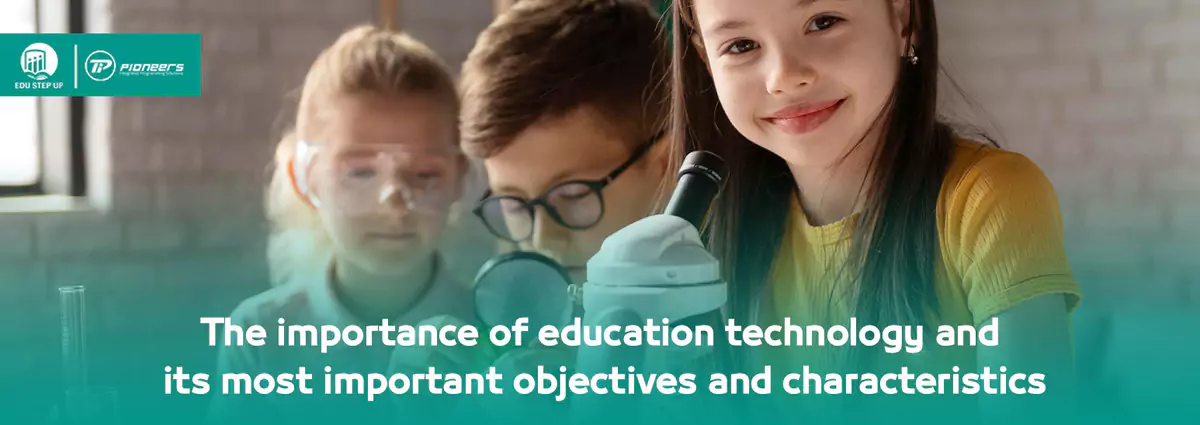
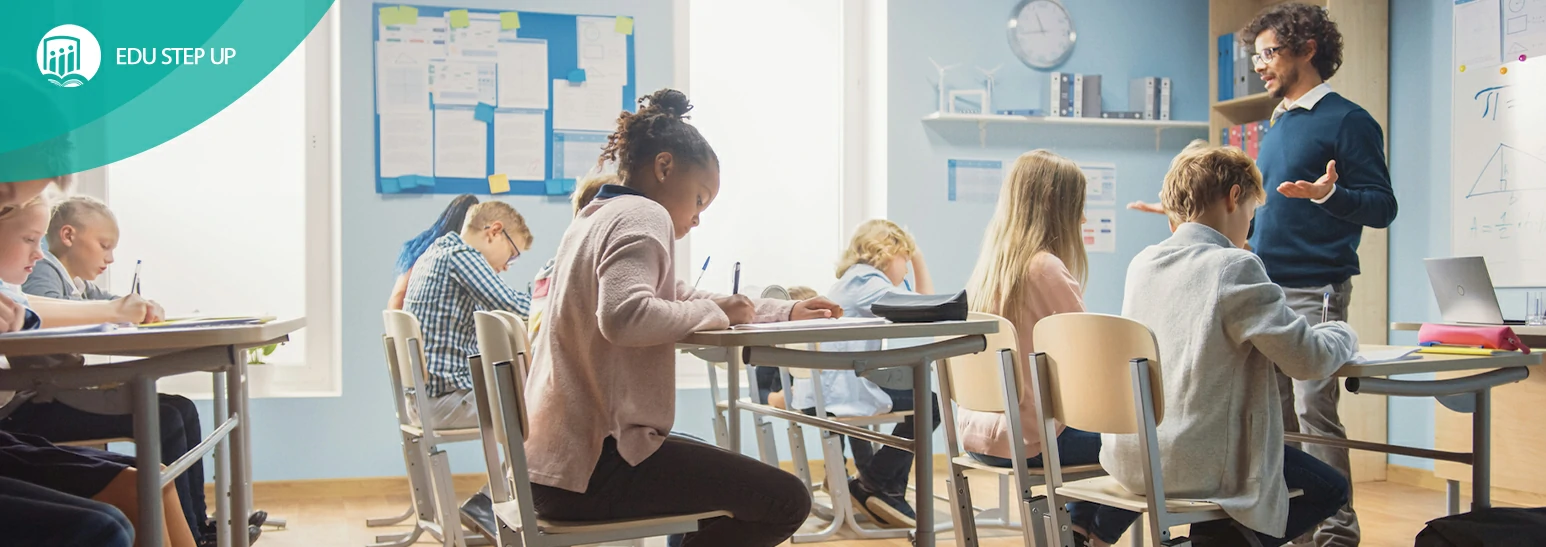
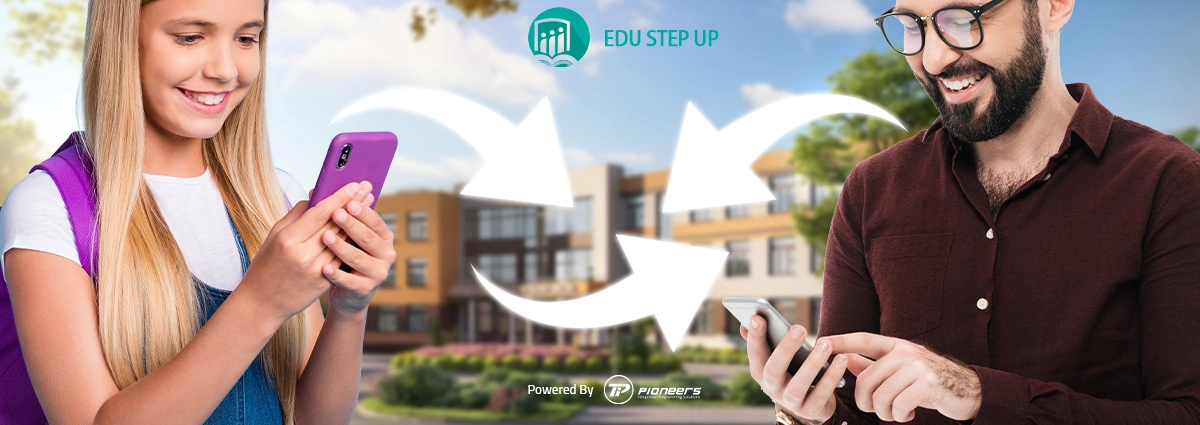
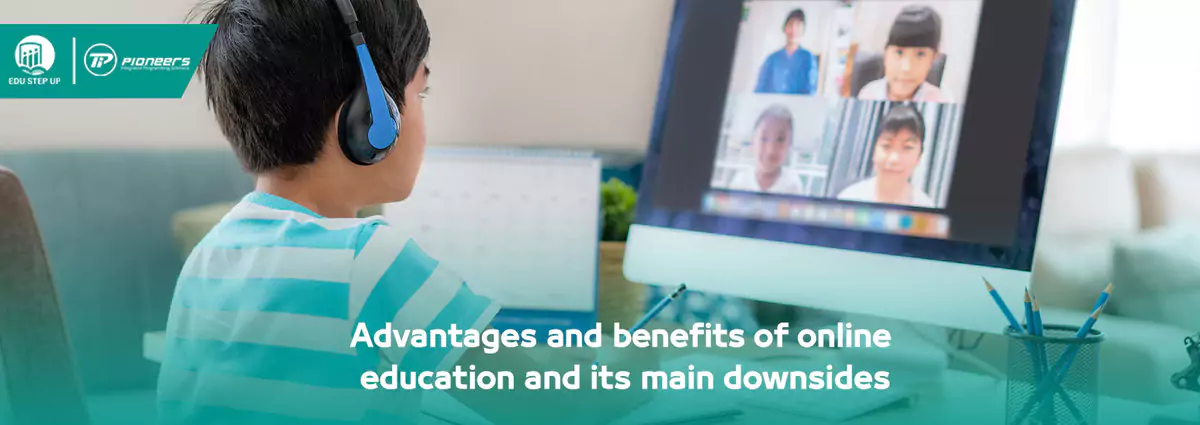
Comments